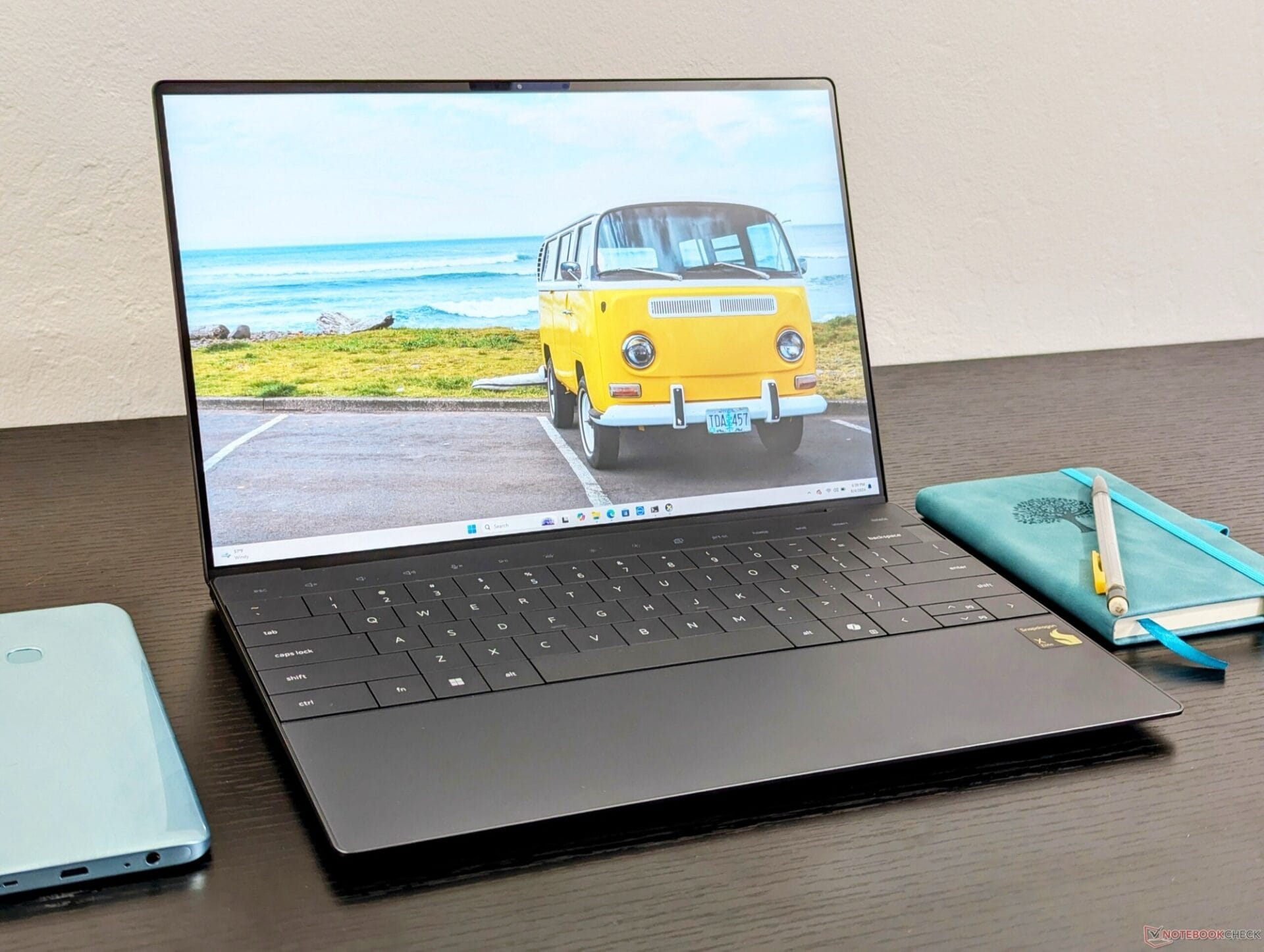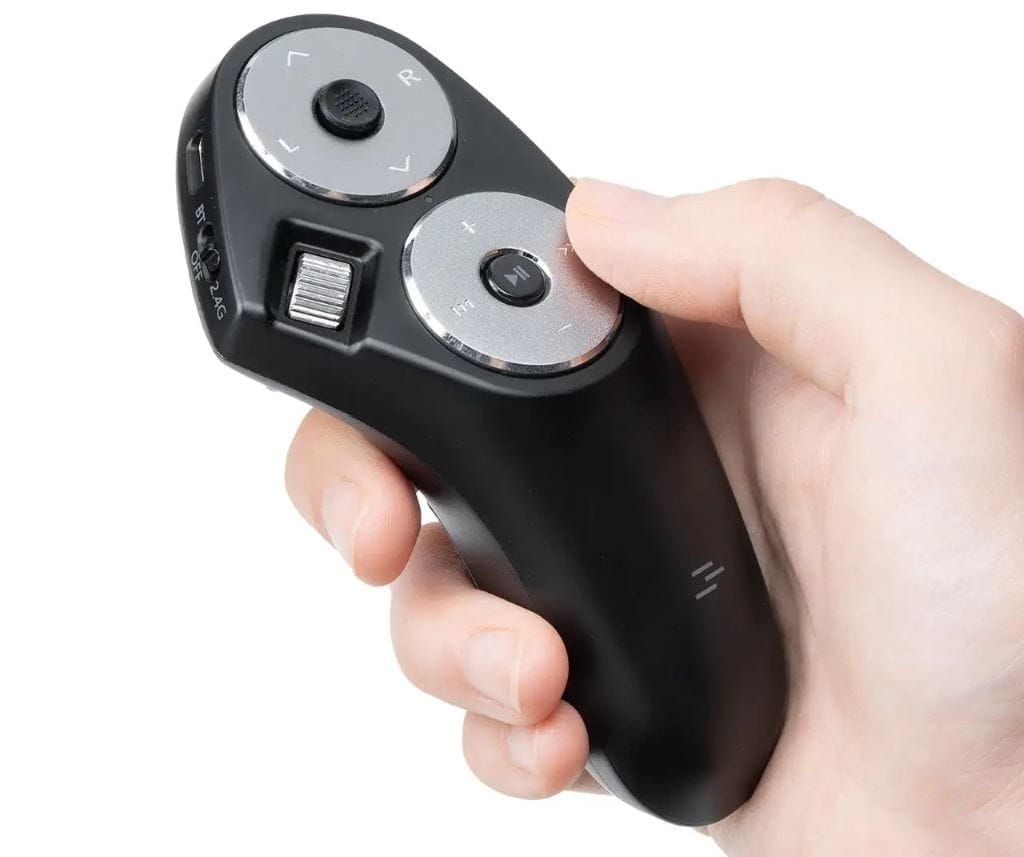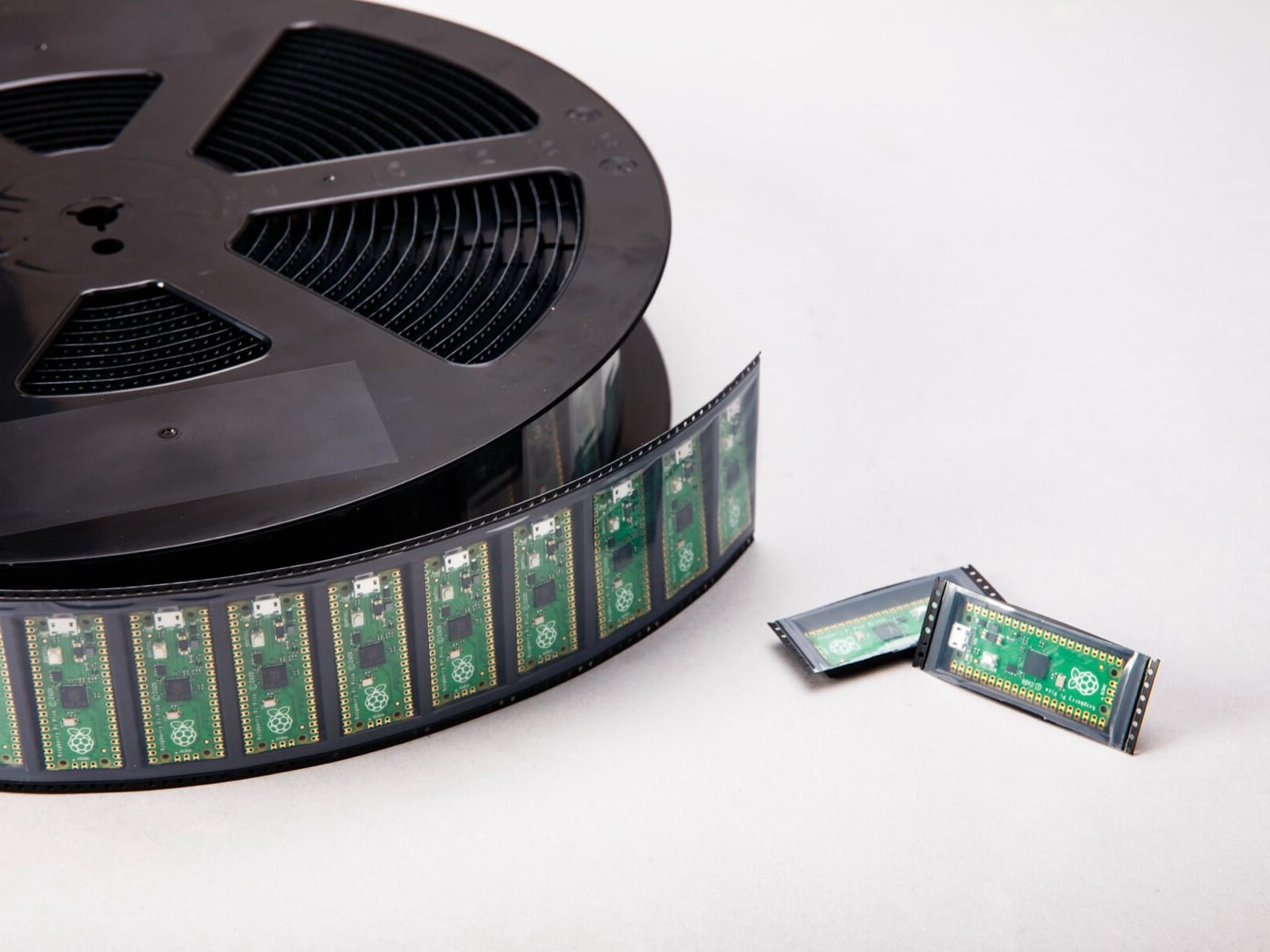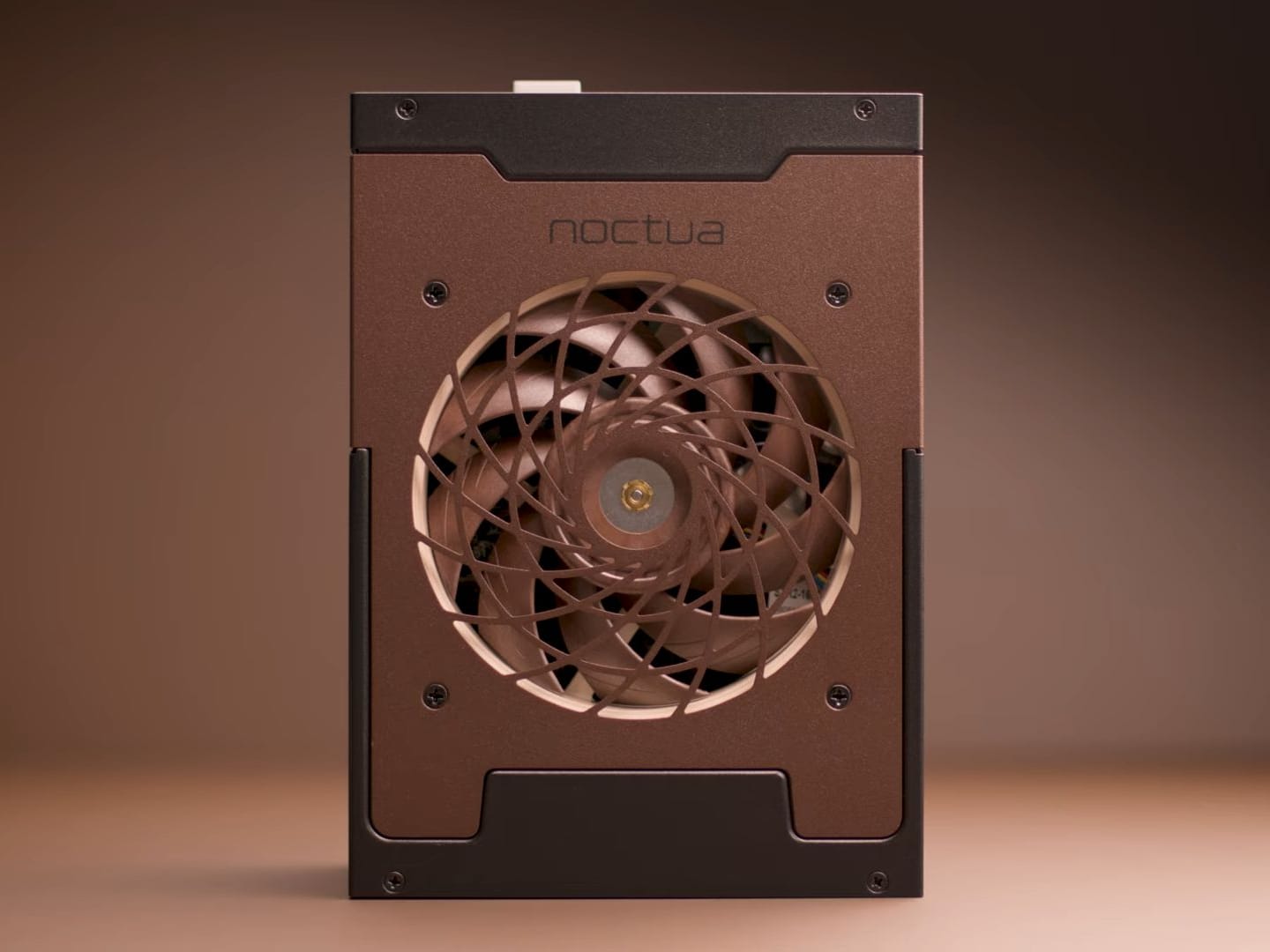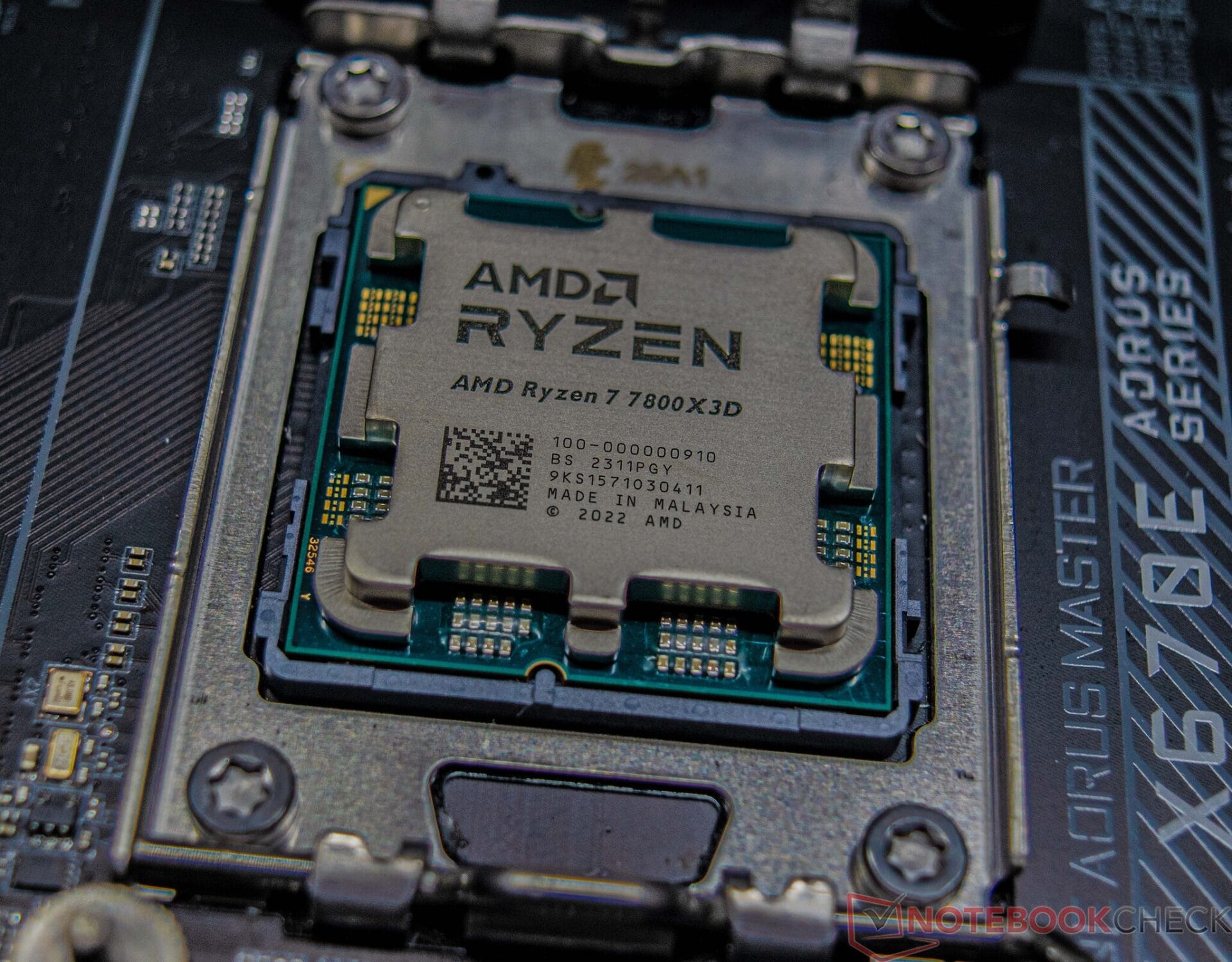Under the 2022 U.S. CHIPS and Science Act, the Department of Commerce has given Intel $7.86 billion for its semiconductor manufacturing projects. This funding is aimed at supporting advanced packaging efforts at various Intel locations including Arizona, New Mexico, Ohio, and Oregon. This is the largest direct funding amount ever provided by the U.S. government to a single company, following a preliminary agreement made in March 2024.
Intel’s Commitment to Semiconductor Production
This funding is part of Intel’s dedication to reinstating America’s role as a leader in semiconductor manufacturing. This initiative is projected to create tens of thousands of jobs while boosting national security. Intel expects that through the CHIPS Act, it will generate over 10,000 direct jobs, almost 20,000 construction positions, and more than 50,000 indirect jobs in related sectors.
CEO Highlights Economic Growth
Pat Gelsinger, the CEO of Intel, underlined the importance of this funding, stating, “With Intel 3 already in high-volume production and Intel 18A set to follow next year, leading-edge semiconductors are once again being made on American soil.” He pointed out that these investments will not only foster economic growth but also strengthen national security by increasing the production of chips within the country.
Additional Financial Support
Along with the grant, Intel will also gain from a 25% investment tax credit, which will aid the company’s plans to invest over $100 billion in semiconductor manufacturing and research and development within the U.S. in the coming years.invest over $100 billion
Intel is also engaged in various projects, including the Secure Enclave program, which has been awarded a separate $3 billion contract. These initiatives are designed to address the rising demand for secure and trusted semiconductor manufacturing. The company’s advancements in new technologies, like the Intel 3 and Intel 18A process nodes, further solidify Intel’s position as a leader in the semiconductor market.

